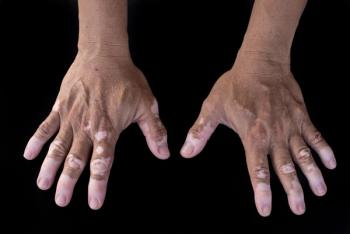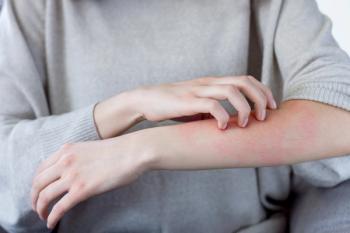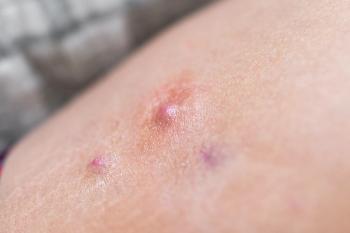
It's Winter. But That Does Not Mean You Don't Need Sun Protection, AAD Reminds
A recent survey by the American Academy of Dermatology showed that only 13% of Americans plan to use sun protection when going for walks or hikes in cold weather.
Not a small number of people believe that sun protection is needed only during the warm weather months. especially at the beach.
They are mistaken, according to a news release from the American Academy of Dermatology (AAD)
“Many people don’t realize that you need to use sun protection in the winter,” said Dawn Davis, M.D., a dermatologist and professor of dermatology at Mayo Clinic Rochester, said in the news release. “It’s easy to get sunburned during colder months because snow reflects the sun’s damaging rays.”
A recent AAD survey showed that only 13% of Americans plan to use sun protection when going for walks or hikes in cold weather. Even fewer — 4%— plan for it when shoveling snow, and only 6% during outdoor games, exercise or sports in cold weather. According to the survey, just 1 in 7 Americans are unaware that the sun’s ultraviolet rays are reflected by snow, water and sand.
Skin cancer is one of the most common yet preventable forms of cancer, according to the news release. At least 1 in 5 Americans will develop skin cancer during their lifetime and exposure to ultraviolet light from the sun is the most modifiable risk factor for skin cancer, including melanoma, the deadliest form of skin cancer. According to the American Cancer Society, invasive melanoma accounts for only 1% of all skin cancer cases but the majority of deaths. The society projects that in 2024, an estimated 100,640 new cases of invasive and 99,700 cases of in situ melanoma will be diagnosed in the U.S. and almost 8,300people will die from the disease.
Davis’ recommendations for reducing sun exposure include seeking shade between 10 a.m. and 2 p.m., wearing sun-protective clothing (long-sleeved shirts, wide-brimmed hats, sunglasses) and applying broad-spectrum, water-resistant sunscreen with an SPF rating of 30 or higher to all skin not covered by clothing.
Newsletter
Get the latest industry news, event updates, and more from Managed healthcare Executive.





















































